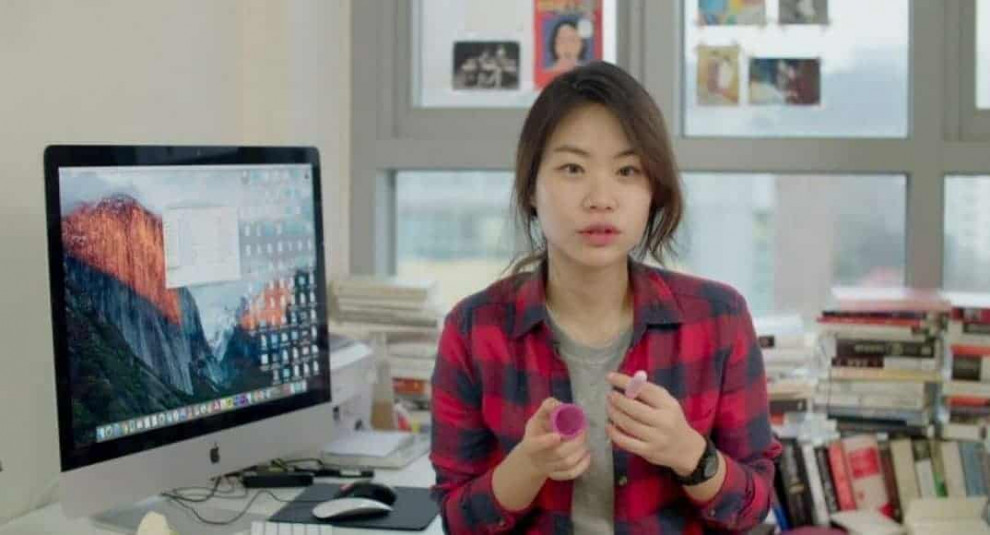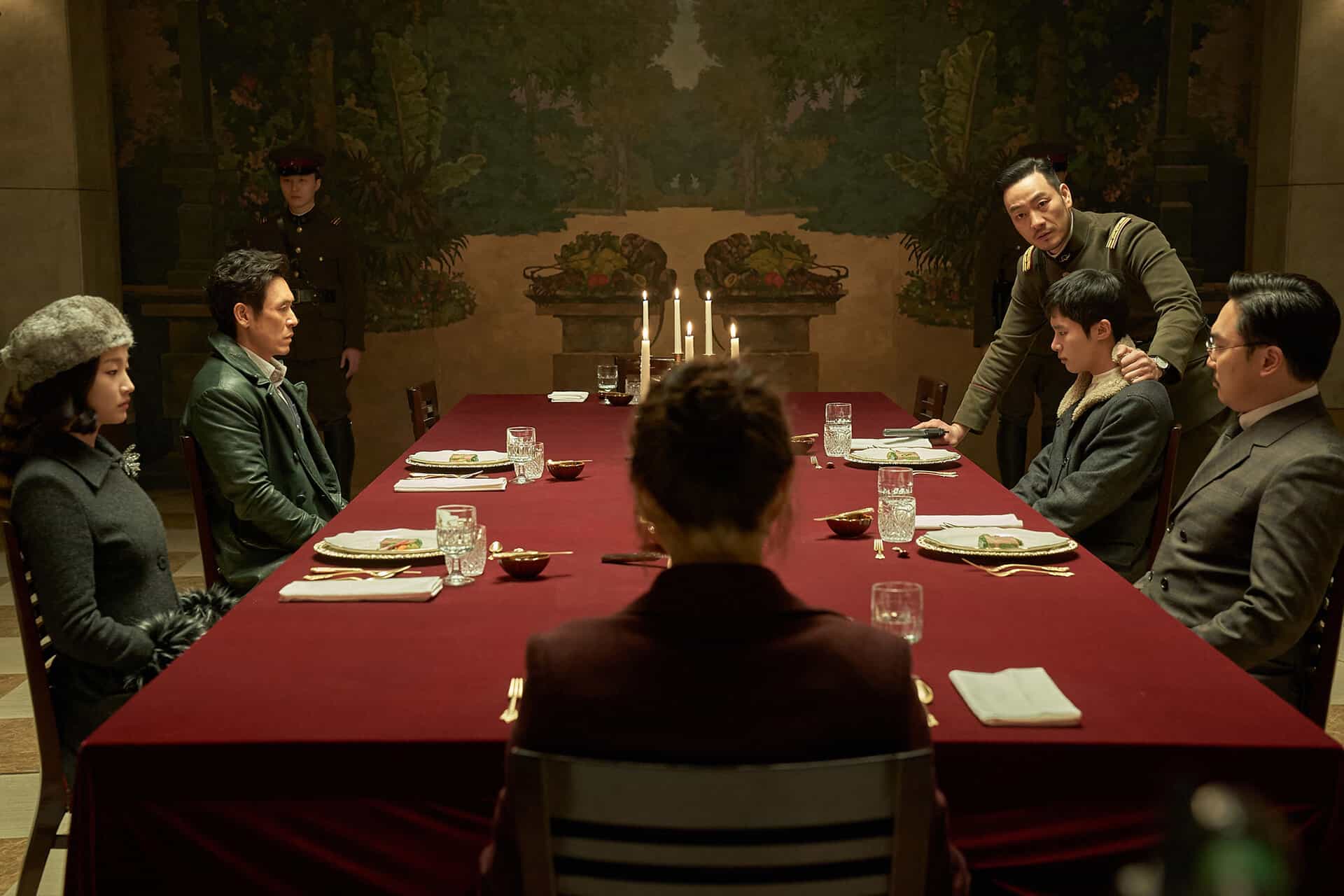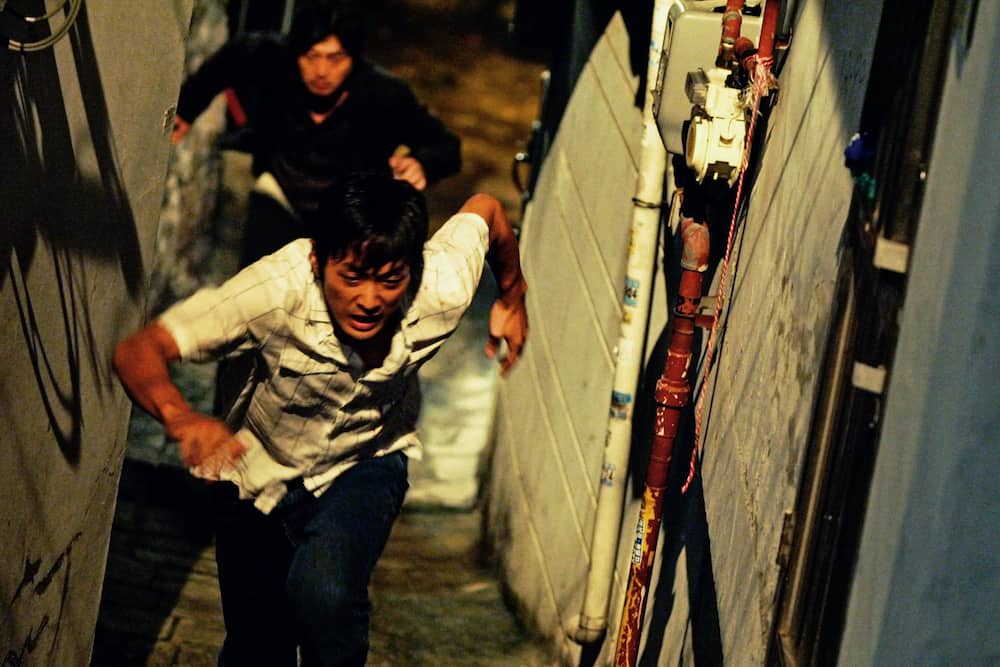The 2018 London Korean Film Festival offers a focus on female directors and on women stories with its section “Women's Voices”. Part of it is a 2017 documentary, “For Vagina's Sake”. The screening is free and takes place in the exceptional British Museum atmosphere. It is followed by a Q&A with the director, Kim Bo-Ram, and by an interesting panel discussion on the female body on screen.
For Vagina's Sake is screening at London Korean Film Festival

The documentary starts with a dinner among multinational friends. They talk about period protections, how tampons are more used than period pads in different countries etc. South Korea is used as a case study. We understand that periods are still taboo, that the older generation makes (really fancy) period pouch to protect and hide the product that is widely-used by half of the population. The documentary touches upon many different topics: the history of monthly protections worldwide, the fake believes and shame that goes with the vagina's bleeding, the historical and religious background, the link between tampon and sexuality (is it going to break the hymen and then taint the woman's virginity, and hence her chances to get married). Experts are brought in to bring in their knowledge.
The second part of the documentary focuses mainly on three major topics: the different law, politics and taxes that apply to feminine hygiene products, the different options that exist (pads, reusable pads, tampons and cup) and, last but not least, the women's relationship to their own bodies.

“For Vagina's Sake” borrows elements from both performative and observational documentaries. Performative in the sense that Bo-Ram's work starts from her experience and point of view, features herself and her family, and doesn't claim any neutrality. Some bits are more observational, like the scene where we see actual period blood. This scene is very interesting because it is one of the first time we see, on screen and in a non-horrific or sexual way, something that is very much part of everyday life of half of the population.
Technically-wise, the colours are pastel and the pace is pretty fast. The editing is interesting. Although many different topics are covered, there is still some kind of linearity to the story. The animation bits are a real plus and bring content and art to the movie.
Because of its very interesting topic and approach, the documentary displays different generations of women gathering around the same topic. This makes it, if possible, even more relevant to the “Women's Voices” section of the festival.
The movie is both educative (dealing with the different products) and allows the debate on women's bodies in the public space. Hence, it would be interesting to show it to students from all genders, nationalities in order to open the discussion.















